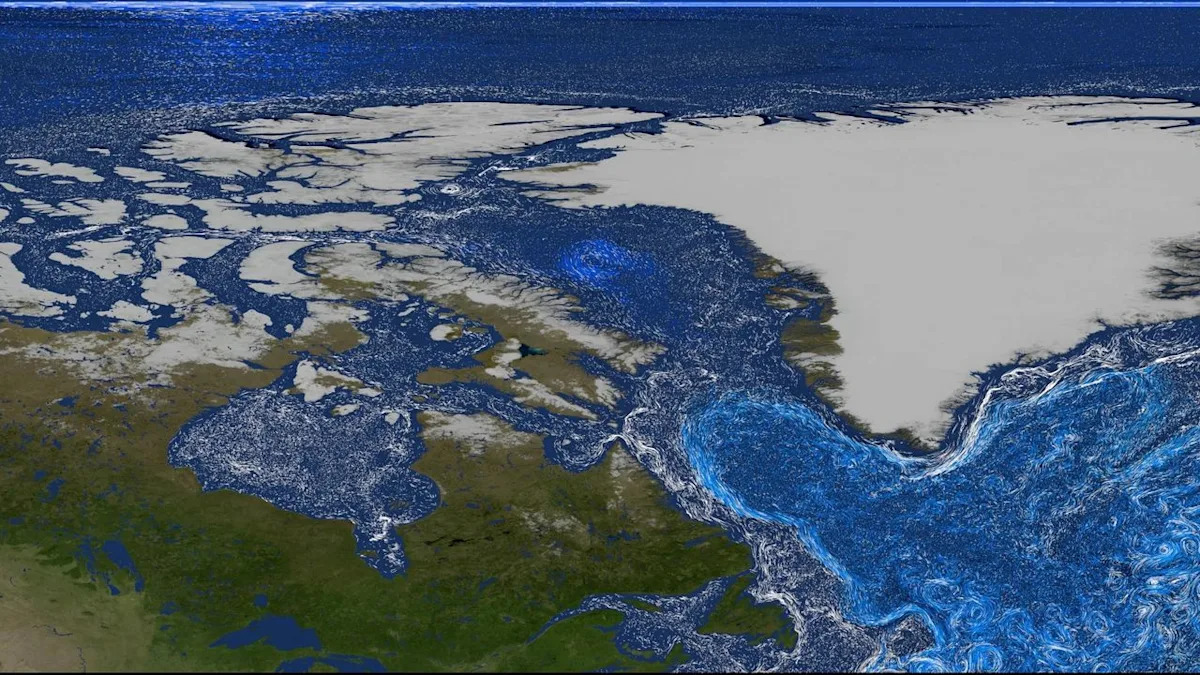Home / Environment / Clam Shells Expose Instability in Critical Atlantic Ocean Current
Clam Shells Expose Instability in Critical Atlantic Ocean Current
5 Oct
Summary
- North Atlantic subpolar gyre showing signs of instability since 1950s
- Weakening of gyre could bring more extreme weather events in Europe
- Clam shell analysis reveals past instability linked to 1920s regime shift

According to a new study published in Science Advances on October 3, 2025, the North Atlantic subpolar gyre, a crucial component of the Atlantic Meridional Overturning Circulation (AMOC), has been exhibiting alarming signs of instability since the 1950s. The subpolar gyre plays a vital role in transporting heat to the Northern Hemisphere, and its potential weakening is a major cause for concern.
The researchers, led by Beatriz Arellano Nava, a postdoctoral fellow at the University of Exeter, analyzed clam shell data to reconstruct the history of the subpolar gyre over the past 150 years. Their findings suggest the gyre is approaching a tipping point, which could lead to a substantial weakening in the coming decades. This would have significant climate impacts, particularly in Europe, where it could result in more extreme weather events and changes in global precipitation patterns.
Interestingly, the clam data also revealed a previously unknown period of instability in the subpolar gyre in the run-up to the 1920s North Atlantic regime shift, a well-documented event characterized by a strengthening of currents in the gyre. This suggests the gyre may have been recovering from a collapse during the Little Ice Age, a period of cooling in the Northern Hemisphere from the 13th to the late 19th centuries.
While the researchers are uncertain whether another Little Ice Age is possible given the current state of climate change, the findings illustrate the potential for abrupt and disruptive changes in the North Atlantic's ocean currents, which could have far-reaching consequences for the global climate.



